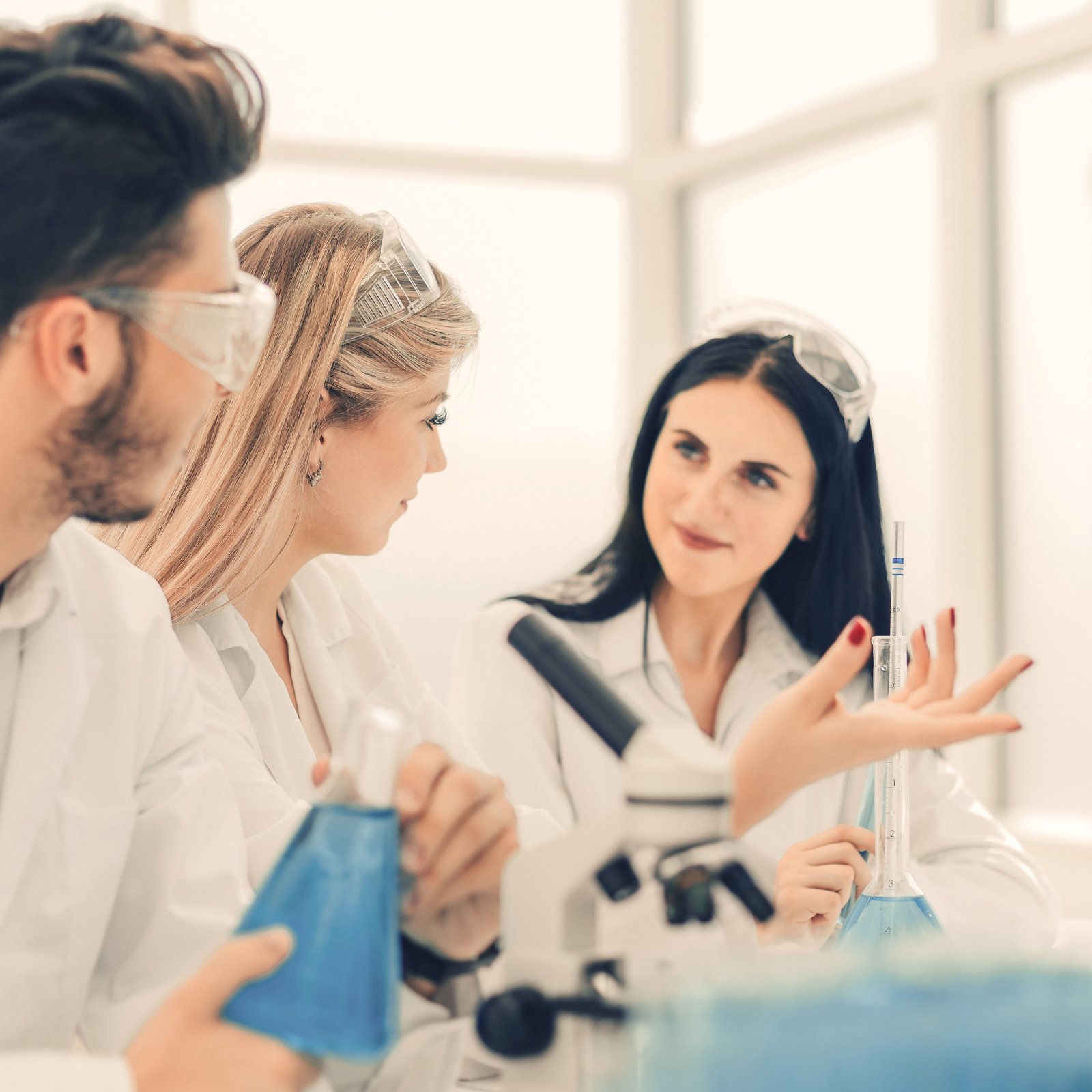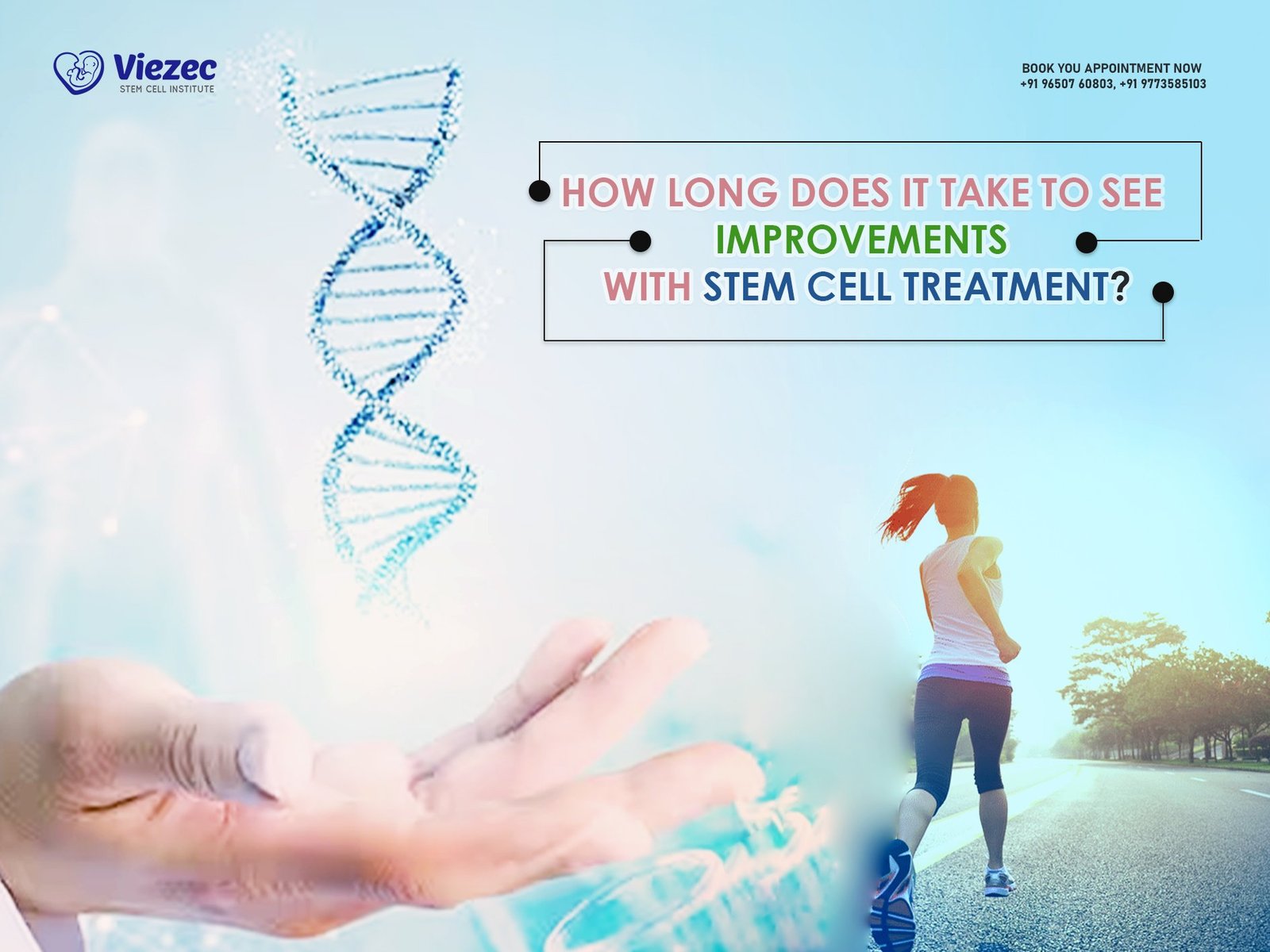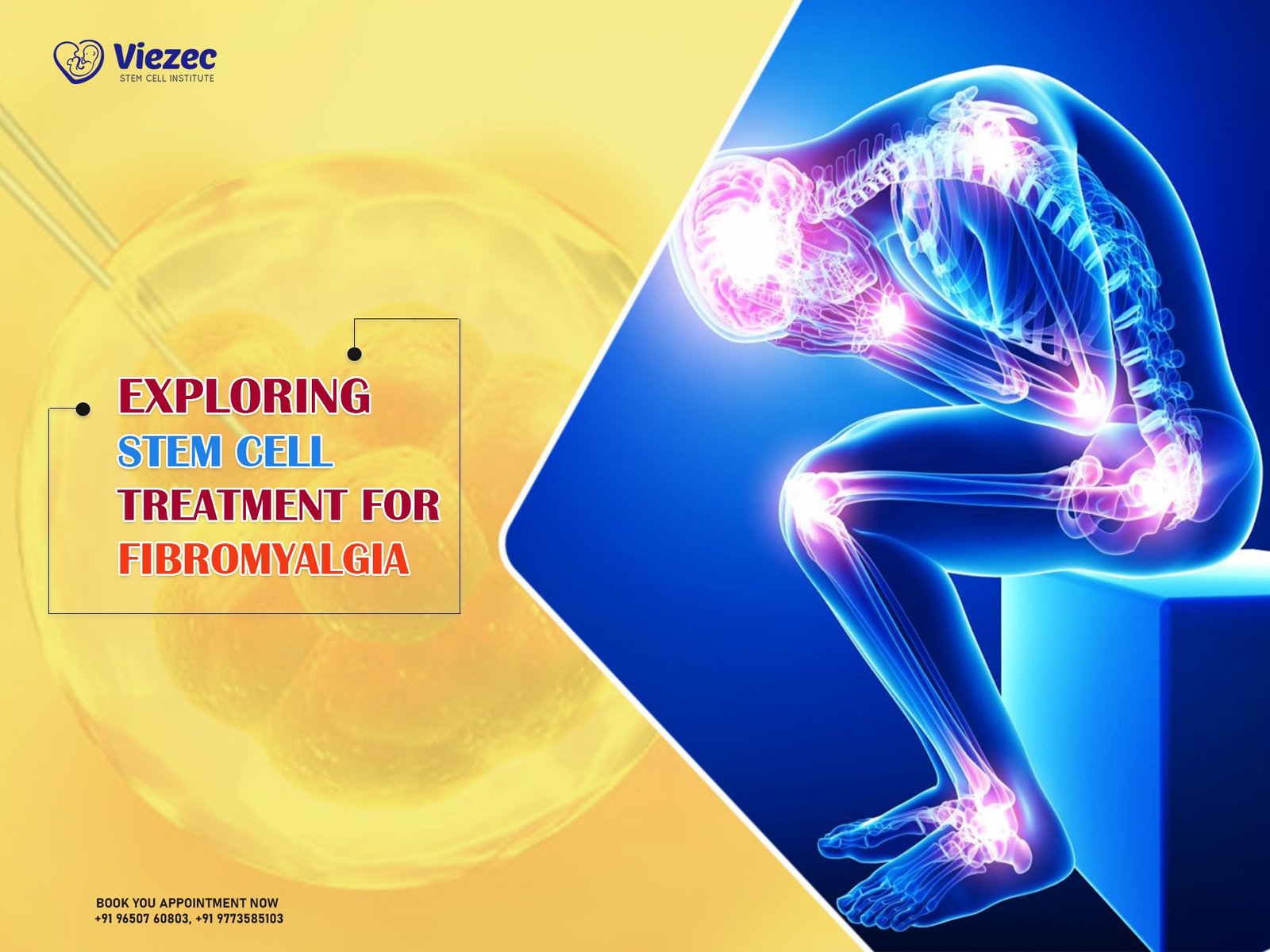KEY TAKEAWAYS
Ovarian rejuvenation is an emerging medical treatment designed to restore ovarian function and improve fertility in women experiencing age-related decline, premature ovarian insufficiency (POI), or diminished ovarian reserve. With advances in regenerative medicine, therapies such as stem cell therapy and platelet-rich plasma (PRP) injections are offering hope to women who previously had limited options. These treatments aim to revitalize the ovaries, improve egg quality, and enhance the chances of conception.
What Is Ovarian Rejuvenation?
Ovarian rejuvenation is an advanced technique within regenerative medicine that uses the body’s own platelet-rich plasma (PRP) or other regenerative cells to stimulate ovarian function. When injected into the ovaries, these cells may help activate dormant primordial follicles, which are otherwise inactive.
This innovative therapy addresses fertility challenges that arise due to social factors, age, or diminished ovarian reserve. By reactivating stem cells and remaining ovarian follicles, ovarian rejuvenation enhances the ovary’s natural response and promotes improved egg quality.
The ultimate goal of this procedure is to boost egg health for assisted reproduction treatments, such as IVF, thereby increasing the chances of successful conception and better fertility outcomes.
Why Choose Ovarian Rejuvenation?
Use of Your Own Eggs
Ovarian rejuvenation allows women to use their own eggs, preserving the important genetic connection with their future child. Unlike donor eggs, this approach ensures that the baby shares your unique DNA, creating a natural and personal bond. By stimulating the ovaries, the procedure can increase the number of viable eggs, offering hope for women who may have struggled with low ovarian reserve or age-related fertility decline. This makes it a highly personalized and meaningful fertility solution.
Natural and Minimally Invasive
The procedure harnesses the body’s own healing and regenerative factors, primarily through Platelet-Rich Plasma (PRP) or stem cell therapy. Performed in a minimally invasive manner, it avoids major surgery, reduces recovery time, and lowers the risk of complications. Patients experience a natural approach to fertility enhancement, as the therapy works in harmony with the body’s own biology. This makes ovarian rejuvenation an appealing option for women seeking a safe, effective, and modern fertility solution without the invasiveness of traditional surgical methods.
Improved Hormonal Balance
Ovarian rejuvenation can significantly enhance hormonal regulation, leading to more regular menstrual cycles and improved reproductive health. By activating dormant follicles and stimulating ovarian tissue, the therapy supports balanced estrogen and progesterone levels, which are essential for ovulation, fertility, and overall well-being. Improved hormonal balance can also help alleviate symptoms of early menopause, such as hot flashes, irregular cycles, and mood changes, giving women a better chance at conception and a healthier reproductive system overall.
Enhanced Fertility Options
This innovative therapy can expand fertility possibilities for women who have faced challenges with conception. By improving ovarian response and egg quality, ovarian rejuvenation can increase the success rates of IVF and other assisted reproductive technologies. In addition, it may support natural conception by revitalizing ovarian function and encouraging healthy egg development. Women who have experienced failed IVF cycles or age-related fertility decline may find renewed hope, making ovarian rejuvenation a versatile and empowering option in modern reproductive medicine.
Who Can Benefit from Ovarian Rejuvenation?
Ovarian rejuvenation is a state-of-the-art fertility procedure that utilizes Platelet-Rich Plasma (PRP) derived from a patient’s own blood to stimulate ovarian function, improve egg quality, and enhance overall fertility potential. This innovative therapy is particularly effective for women experiencing low ovarian reserve, poor egg quality, early or premature menopause, or unsuccessful IVF attempts, providing new hope where traditional fertility methods may have limited success.
By leveraging the body’s natural growth factors and regenerative properties, ovarian rejuvenation not only aims to revive dormant ovarian follicles but also helps restore hormonal balance. This can improve the chances of conception both naturally and through assisted reproductive techniques such as IVF, making it a promising option for women seeking to expand their fertility possibilities and achieve successful pregnancy outcomes.
Specific Groups That Can Benefit
1. Women with Low Ovarian Reserve
Women with low Anti-Müllerian Hormone (AMH) levels or a diminished number of viable eggs may greatly benefit from ovarian rejuvenation. In such cases, the procedure works to activate dormant follicles and stimulate ovarian response, which can increase the number of eggs available for fertilization. This not only improves the success rates of fertility treatments like IVF or IUI, but also enhances the possibility of natural conception. According to leading fertility centers like Cloudnine Hospitals, women with low ovarian reserve often see significant improvement in ovarian function after PRP-based treatments, offering a renewed chance for motherhood even in challenging scenarios.
2. Women with Poor Egg Quality
PRP therapy can play a transformative role for women struggling with poor egg quality, a common issue affecting fertility potential and embryo development. The growth factors in PRP stimulate the development of healthier, more viable eggs, which can directly improve the likelihood of a successful pregnancy and live birth. By enhancing egg quality, ovarian rejuvenation reduces complications associated with low-quality eggs, such as implantation failure or early miscarriage, making it an invaluable tool for women who want to maximize their fertility outcomes and take control of their reproductive journey.
3. Women with Early or Premature Menopause
Women experiencing early menopause or premature ovarian failure often face significant fertility challenges and hormonal imbalances. Ovarian rejuvenation can help reactivate ovarian function, restore hormone levels, and alleviate common menopausal symptoms such as irregular periods, hot flashes, and fatigue. By improving ovarian response, this therapy provides a valuable opportunity to enhance fertility potential and increase the chances of conception, either naturally or through assisted reproduction, giving women renewed hope and options for family planning even in situations where traditional fertility approaches may not suffice.
4. Women with Failed IVF Attempts
For women who have faced unsuccessful IVF cycles, ovarian rejuvenation offers a promising alternative to improve outcomes in future attempts. The therapy can enhance ovarian response, improve egg quality, and stimulate follicular growth, addressing some of the common reasons for previous IVF failures. By incorporating regenerative medicine techniques, women may experience better responses to ovarian stimulation and improved embryo development, ultimately increasing the likelihood of a successful pregnancy. This makes ovarian rejuvenation a valuable adjunct to assisted reproductive technologies for those seeking to overcome previous fertility challenges.
5. Women Experiencing Age-Related Fertility Decline
Women above the age of 40 or those experiencing age-related fertility decline often struggle with reduced ovarian reserve and diminishing egg quality. Ovarian rejuvenation provides an opportunity to use their own eggs, preserving a genetic connection with their future child while potentially improving fertility outcomes. By stimulating ovarian tissue and activating remaining follicles, the procedure helps women maintain reproductive potential, supporting both natural conception and assisted reproductive options such as IVF. This therapy empowers women to take proactive steps in overcoming age-related fertility challenges and achieving successful pregnancy at a later stage in life.
Stem Cell vs PRP vs IVF
| Treatment | How It Works | Key Benefits | Who It’s For |
|---|---|---|---|
| Stem Cell Therapy | Uses mesenchymal stem cells from bone marrow, fat, or umbilical cord to repair ovarian tissue and promote follicle growth. | – Improves egg quality- Stimulates ovarian tissue regeneration- Enhances hormone production | Women with POI, diminished ovarian reserve, or poor IVF response |
| PRP (Platelet-Rich Plasma) | Concentrated growth factors from the patient’s blood are injected into the ovaries to promote tissue regeneration and follicle development. | – Improves ovarian environment- Enhances follicle development- Supports hormonal balance | Women seeking ovarian rejuvenation, often combined with stem cell therapy |
| IVF (In Vitro Fertilization) | Eggs are retrieved, fertilized in a lab, and embryos are implanted into the uterus. Does not directly restore ovarian function. | – High success rate for conception- Bypasses natural ovulation issues- Immediate fertility solution | Women with infertility issues, age-related fertility decline, or egg quality concerns |
PRP Therapy for Fertility and Ovarian Rejuvenation
Platelet-Rich Plasma (PRP) is derived from your own blood, making it a natural and biocompatible treatment option. Using a centrifuge, the plasma is separated from red and white blood cells. While plasma naturally plays a role in blood clotting and wound healing, the growth factors, cytokines, and bioactive proteins in platelets are key players in tissue regeneration, cellular repair, and accelerated healing. These properties make PRP an effective tool not only in orthopedics and dermatology but increasingly in advanced fertility treatments.
PRP has been widely used for sports injuries, knee osteoarthritis, hair restoration, and other regenerative procedures. Today, it is emerging as a promising therapy in reproductive medicine, as it can stimulate ovarian function, improve egg quality, and enhance follicular development, thereby significantly increasing the chances of successful fertilization, embryo development, and pregnancy. This approach provides hope for women experiencing age-related fertility decline or other ovarian challenges.
Different PRP Treatments for Fertility
There are two main PRP approaches currently used in fertility enhancement, each tailored to specific reproductive needs:
-
Ovarian PRP Injection – targets the ovaries to stimulate egg production and follicular activation.
-
Uterine PRP Infusion – focuses on the uterus to improve endometrial receptivity and implantation success.
The choice between these two approaches depends on the patient’s individual medical condition, ovarian and uterine health, fertility goals, and previous treatment history. A fertility specialist evaluates each case carefully to recommend the procedure most likely to achieve the best outcomes.
Ovarian PRP Injection: Procedure and Benefits
The ovarian PRP injection is a minimally invasive outpatient procedure conducted in a surgical suite. Patient comfort is a priority, so the procedure is performed under IV anesthesia or local anesthesia, depending on the patient’s preference. A board-certified anesthesiologist administers IV anesthesia when necessary to ensure a smooth, painless experience.
During the procedure, PRP is carefully injected into the ovarian tissue via a transvaginal approach, specifically targeting dormant or low-functioning follicles. This stimulation encourages follicular growth, enhanced egg maturation, and improved egg quality, which can significantly impact fertility outcomes. The procedure typically lasts 15–20 minutes, and patients are monitored in recovery until fully stable before being discharged the same day. Most women experience minimal discomfort and can resume normal activities shortly after the treatment.
Uterine PRP Infusion: Procedure and Advantages
PRP therapy for the uterus is a simpler outpatient procedure that focuses on enhancing uterine receptivity and supporting embryo implantation.
-
The procedure takes approximately 15 minutes and is generally well-tolerated.
-
No post-procedure recovery is required, allowing patients to resume daily activities immediately.
-
Patients are positioned in the dorsal-lithotomy position (lying on the back with legs raised and separated) for optimal access.
-
The PRP is then injected directly into the uterine cavity, improving the endometrial environment and increasing the likelihood of successful implantation.
This method is particularly valuable for women aiming to enhance natural fertility or improve the chances of pregnancy through assisted reproductive technologies (ART) such as IVF. By improving the uterine lining and hormonal environment, uterine PRP infusion can help overcome implantation challenges and support a healthy pregnancy.
Ovarian Stem Cell Injection: A Breakthrough in Fertility Treatment
Ovarian Stem Cell Injection is a highly advanced and innovative fertility treatment specifically designed for women struggling with infertility, particularly those facing low ovarian reserve, poor egg quality, or early menopause. This cutting-edge therapy utilizes the body’s own stem cells to regenerate ovarian tissue, stimulate the production of new eggs, and significantly enhance the chances of successful conception, offering hope to women seeking to restore their natural fertility potential.
By leveraging the remarkable regenerative power of stem cells, this procedure provides a safe and promising solution for women who wish to rejuvenate ovarian function and improve their overall reproductive outcomes.
How Does Ovarian Stem Cell Injection Work?
The entire procedure is performed in three essential steps: comprehensive evaluation, stem cell extraction, and precise ovarian injection, each carefully designed to optimize treatment success and patient safety.
Step 1: Patient Evaluation and Ovarian Preparation
The process begins with a thorough and detailed assessment of the patient’s fertility status, medical history, and ovarian health. This evaluation includes:
-
Comprehensive medical history review to understand past fertility challenges
-
Detailed gynecological examination and ultrasound to assess ovarian condition
-
Hormonal and fertility tests to determine ovarian function and suitability
Once the patient is confirmed suitable, hormonal stimulation is administered to prepare the ovaries for stem cell therapy, ensuring that the ovarian tissue is in the optimal condition to respond effectively to the treatment and maximize the chances of successful egg development.
Step 2: Extraction of Stem Cells
Stem cells are minimally invasively extracted from the patient’s own ovaries under anesthesia, ensuring comfort and safety during the procedure. The harvested cells are then carefully processed in a specialized laboratory to create a highly concentrated stem cell solution. This step ensures that only the healthiest and most potent stem cells are selected for injection, which is critical for effectively rejuvenating ovarian tissue and supporting the growth of new eggs.
Step 3: Injection of Stem Cells
The final step involves the precise injection of the concentrated stem cells into the ovaries. These stem cells target ovarian tissue to:
-
Promote tissue regeneration and repair damaged ovarian structures
-
Stimulate the development of follicles and egg production
-
Restore overall ovarian function and hormonal balance
The procedure is designed to be safe, minimally invasive, and highly effective, helping women optimize their fertility potential and improve their chances of achieving natural conception or success with assisted reproductive techniques.
Why Consider Ovarian Stem Cell Injection?
This therapy is particularly recommended for women who are struggling with specific fertility challenges, such as:
-
Low ovarian reserve, where egg numbers are diminished and require stimulation
-
Early menopause, to help restore hormonal function and ovarian activity
-
Poor response to IVF, providing another opportunity to improve outcomes
-
Women who wish to enhance natural fertility using their own eggs
Before undergoing this procedure, it is essential for patients to consult with a qualified fertility specialist, to fully understand the potential benefits, risks, and necessary pre-operative evaluations, ensuring the treatment is tailored to the patient’s individual needs and fertility goals.
Ovarian Rejuvenation vs. Traditional Fertility Treatments
While traditional fertility treatments such as IVF primarily focus on fertilization and the implantation of embryos, ovarian rejuvenation targets the underlying cause of infertility: diminished ovarian function and declining egg quality over time. Unlike standard treatments that work downstream, regenerative therapies aim to revitalize ovarian tissue, improve hormone levels, and enhance overall reproductive potential. This approach not only supports better outcomes in assisted reproductive technologies but also strengthens the patient’s own fertility reserves, offering a more holistic solution to age-related or medical fertility challenges.
By improving egg quality and providing hormonal support, ovarian rejuvenation offers several key benefits:
-
Increase IVF success rates: Enhanced egg quality and ovarian response may significantly improve the chances of successful fertilization and implantation during IVF cycles, potentially shortening the number of cycles required.
-
Reduce dependency on donor eggs: Women with low ovarian reserve may be able to use their own eggs rather than rely on donor eggs, preserving a genetic connection with their child and increasing confidence in fertility treatments.
-
Offer hope to women previously considered poor candidates: Those who were told their chances were limited due to age, low egg count, or prior failed IVF attempts now have a regenerative option that may improve their fertility potential and overall outcomes.
It’s important to understand that ovarian rejuvenation is not a replacement for IVF. Instead, it is designed to complement assisted reproductive technologies, enhancing the effectiveness of IVF procedures, improving the quality of eggs, and providing women with more personalized fertility options for achieving successful conception.
Safety and Considerations
Ovarian rejuvenation using stem cells and PRP is generally considered safe and well-tolerated when performed by experienced reproductive specialists in a controlled clinical environment. Patients are encouraged to have a detailed discussion with their doctor about several important aspects before proceeding.
Key points to discuss include:
-
Individual Fertility Goals: Every patient’s reproductive needs and expectations are different. A clear understanding of your fertility goals helps the specialist customize the treatment plan for maximum effectiveness and realistic outcomes.
-
Possible Side Effects or Risks: While complications are rare, patients should be aware of potential side effects such as mild pain, temporary discomfort, or hormonal fluctuations. Discussing these beforehand ensures informed consent and preparedness.
-
Treatment Protocols: The number of sessions, duration of each procedure, and follow-up appointments may vary depending on ovarian reserve, age, and overall health. Understanding the complete treatment roadmap helps patients plan their fertility journey.
-
Pre-Treatment Evaluation: Comprehensive assessments including hormonal tests, ovarian imaging, and overall reproductive health evaluation are essential to determine eligibility, optimize treatment, and predict possible outcomes with higher accuracy.
Conclusion
Ovarian rejuvenation represents a significant breakthrough in modern fertility treatments, utilizing the regenerative potential of stem cells and PRP to restore and improve ovarian function. For women facing age-related fertility decline, diminished ovarian reserve, or conditions like premature ovarian insufficiency (POI), these advanced therapies offer a natural, minimally invasive, and highly promising pathway toward conception and better reproductive outcomes. Consulting a qualified fertility specialist or reproductive endocrinologist is an essential first step in understanding how ovarian rejuvenation can safely enhance fertility, support hormonal balance, and improve overall reproductive health for women seeking to achieve their dream of parenthood.











